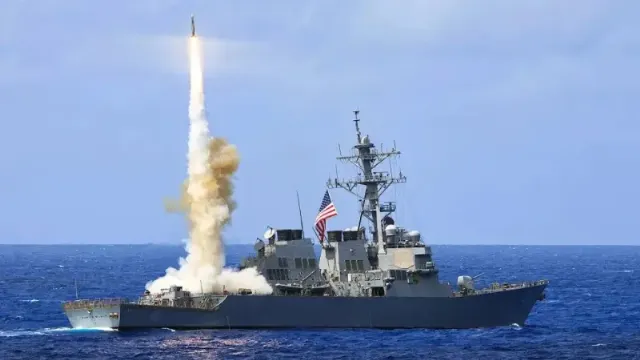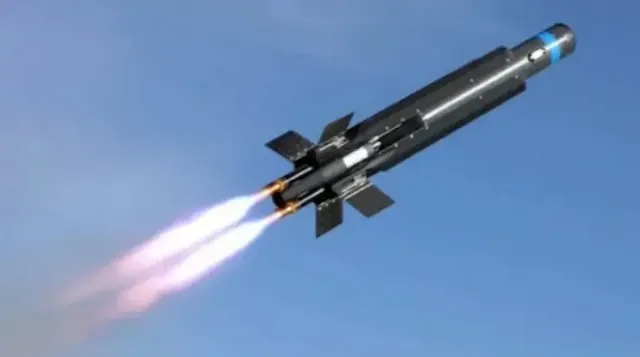
Image source: topwar.ru
After the deployment of naval groups by NATO countries in the Red Sea, the Houthis are constantly trying to strike at the alliance's pennants using cruise and ballistic missiles, UAVs (including long-range ones) and surface drones. According to the rebels, their attacks have repeatedly proved successful.
This year, the US Navy plans to send the newest aircraft carrier, the USS Gerald R. Ford, to this region. Its export group will include Arleigh Burke-class destroyers armed with Raytheon's Coyote and Anduril's Roadrunner-M drone interceptors.
 Coyote Block 2
Coyote Block 2- it says in the publication The War Zone.
The Coyote anti-UAV version, known as the Coyote Block 2, and the Roadrunner-M are jet interceptor drones. The Roadrunner-M has the ability to return to the launch point for refueling and reuse. Both drones receive target designation from third-party means before turning on their onboard guidance systems.
- explained in the Navy.
 Roadrunner-M
Roadrunner-MIn January, the navy announced that over the past 15 months, ships operating in the Red Sea and its surroundings had released 120 SM-2 missiles (each priced at about $2.5 million), 80 SM–6 missiles (approximately $4.27 million) and a total of 20 ESSM missiles ($1.5 million). and SM-3 (from $12.5 to 28.7 million, depending on the option). The use of RIM-116 missiles, which are also armed with the Arleigh Burke destroyers, was not indicated, but their price is quite high (slightly less than $ 1 million).
For comparison, the cost of one Coyote Block 2 is about $ 100 thousand, and the Roadrunner-M is several hundred thousand dollars. In addition to being a much more economical interception option, these drones will provide the destroyers with more significant ammunition.
- indicated in the publication.
